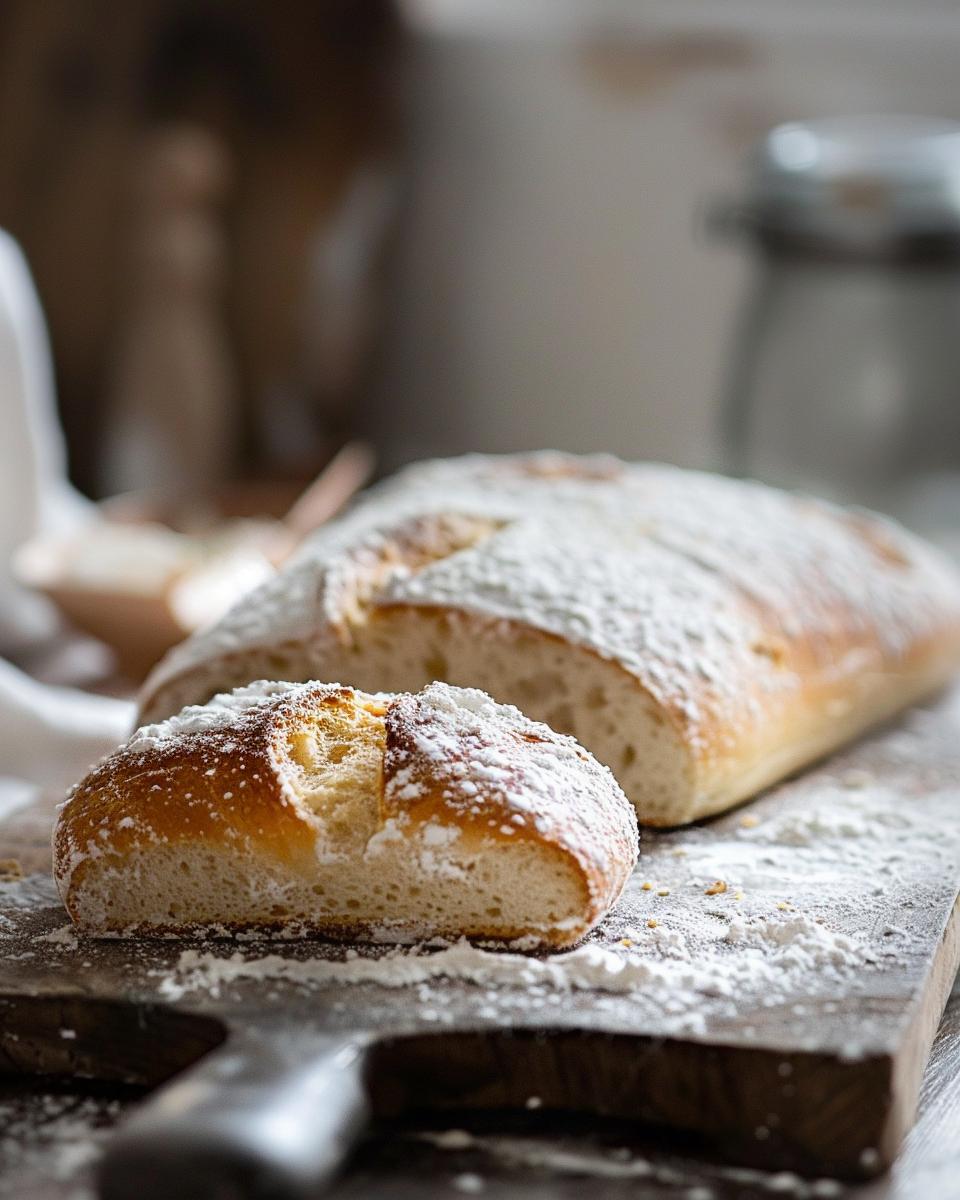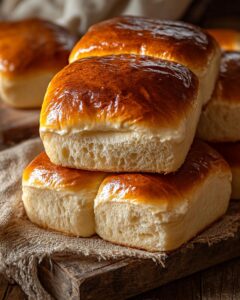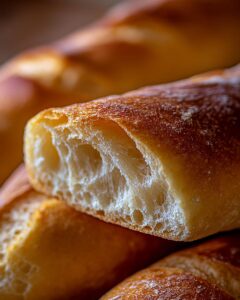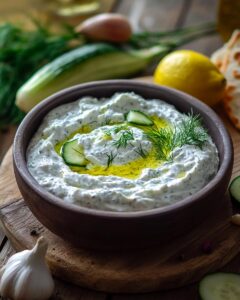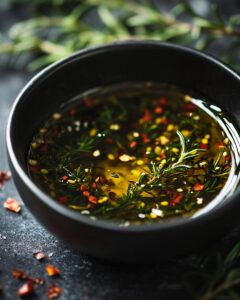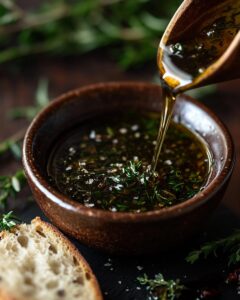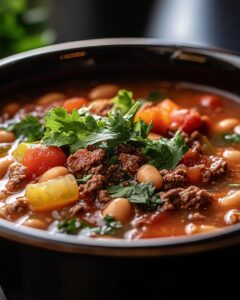4 x 6 Recipe Cards Unleashed: Discover the Secrets to Culinary Mastery
Have you ever wondered how to elevate your cooking game? The secret might just be hiding in plain sight: 4 x 6 recipe cards. These compact treasures hold the power to transform your culinary skills, offering a tangible touch to the art of cooking that digital methods can’t match. But how can such a simple tool make such a significant impact? Let’s dive into the world of recipe cards and uncover the secrets to culinary mastery.
In this recipe:
- Discover the power of 4 x 6 recipe cards
- Learn how they can transform your cooking
- Uncover secrets to culinary mastery
Moreover, to truly harness the potential of your recipe binder with dividers, integrating it with your recipe cards is key. This method not only organizes your culinary collection but also ensures that your favorite dishes are easily accessible. Imagine having all your go-to recipes, from appetizers to desserts, neatly categorized and at your fingertips. The synergy between the binder and cards creates a personalized cooking guide that’s uniquely yours.
So, why stick to digital screens when you can bring tradition and efficiency into your kitchen? Embrace the charm of 4 x 6 recipe cards and unlock the door to a world where cooking is not just a task but an enjoyable journey. Let’s get started on this path to culinary excellence together.
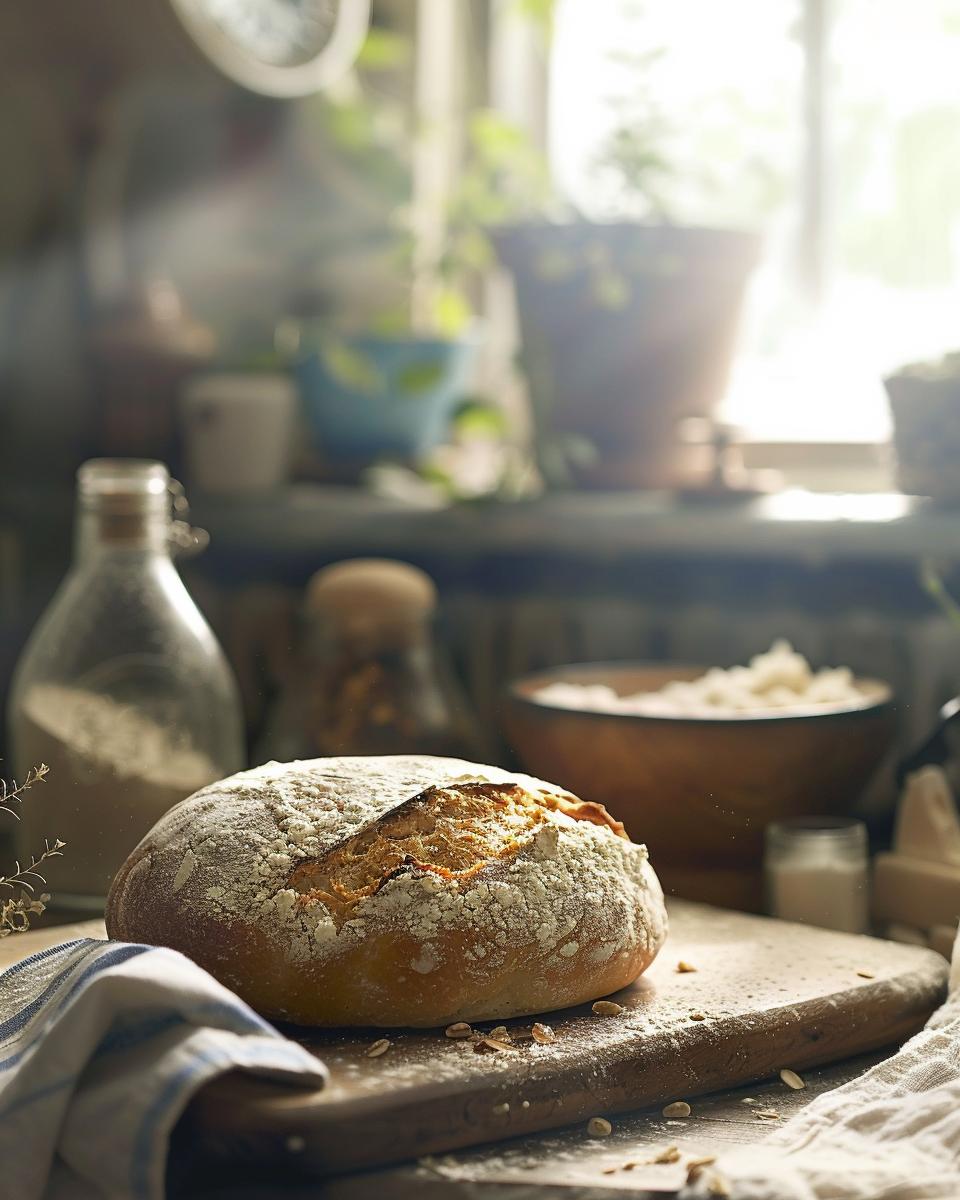
Who Can Make This Recipe: Accessibility and Essentials
Regardless of your experience in the kitchen, creating 4 x 6 recipe cards is a task anyone can undertake. With a few basic tools and a sprinkle of creativity, you can start crafting personalized recipe cards that reflect your unique culinary style. But first, let’s talk about what you need to get started and how accessible this project truly is.
What You’ll Need to Get Started
To begin crafting your printable 4 x 6 recipe cards, the list of essentials is surprisingly short and straightforward:
- Quality cardstock or pre-made blank recipe cards
- A printer (if you’re going the printable route)
- Design software or a recipe cards template
- Markers, pens, or any other writing tools for personalization
Now, for those looking to add a personal touch, consider personalized recipe cards 4 x 6. These can range from simple designs that highlight your name or initials to fully customized themes that match your kitchen or personality. The key is to make them uniquely yours while ensuring they remain functional and easy to read.
Furthermore, the process of making these cards is not just for seasoned chefs or crafting veterans. Anyone with a passion for cooking, a love for organization, or a desire to preserve family recipes can dive into this fulfilling project. Whether you’re making these for yourself or as a thoughtful gift, the simplicity and accessibility of creating recipe cards 4 x 6 ensure that anyone can participate in this timeless culinary tradition.
To explore a wide range of designs and find inspiration for your own recipe cards 4 x 6 3-10, visit Dashleigh’s collection of recipe cards. Whether you’re starting from scratch or looking to refine your collection, the perfect template is waiting for you.
Ingredients for Crafting Your Recipe Cards
Now that we’ve covered the minimal equipment needed, let’s dive into the ingredients. Just like in cooking, the right ingredients make all the difference. They ensure your recipe cards not only look stunning but last for generations. So, what do you need?
Choosing Your Ingredients Wisely
Paper Material: The foundation of any great recipe card is the paper. For durability and aesthetics, consider using a 4×6 recipe card template. This size is not only perfect for filing away but also gives you ample space to work with. If you prefer something smaller, the best recipe cards 3×5 size are equally charming and practical.
Writing Tools: Next, think about how you’ll bring your recipes to life. The best writing tools offer clarity and permanence. Opt for pens that won’t smudge or fade over time. This ensures your recipes remain legible for years to come.
Decorative Elements: Finally, let’s talk about personality. Decorative elements like stickers, stamps, or washi tape can elevate the look of your recipe cards 4×6 blank templates. If you’re using an editable template, consider adding unique fonts or colors to match your style.
Remember, the goal is to create something that reflects your personal taste while being practical. Whether you’re jotting down a family heirloom recipe or experimenting with new flavors, these ingredients will ensure your recipe cards stand out. Ready to get started?
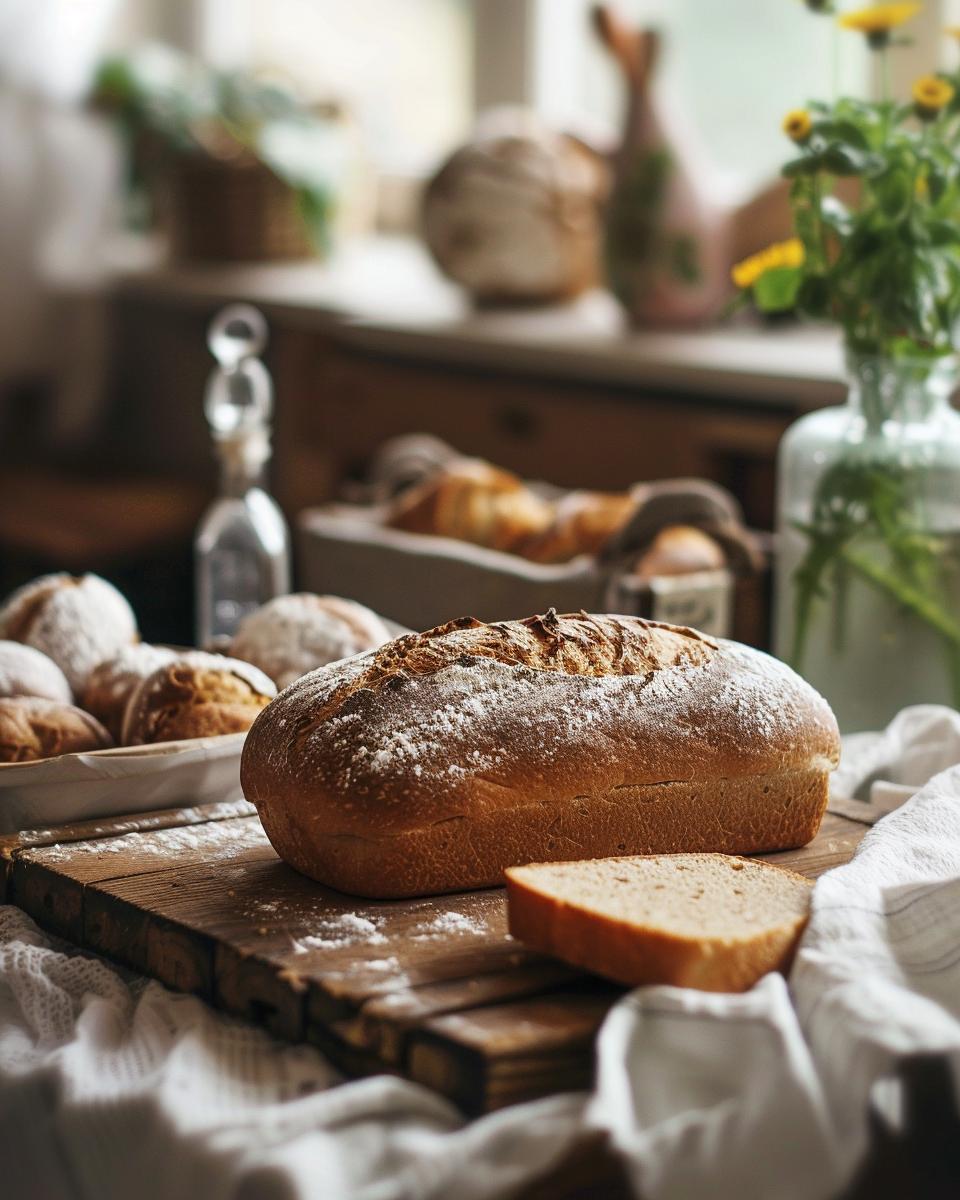
Step-By-Step Guide to Making Recipe Cards
Now that we’ve gathered all the ingredients, let’s dive into the heart of making those delightful recipe cards. Ever wondered how to transform your cooking secrets into beautiful, shareable keepsakes? Well, you’re in the right place! We’ll explore layout design tips, the nitty-gritty of formatting for 4×6 recipe cards, and the age-old debate: handwriting versus printing. Ready to get started?
Maximizing Space and Readability
First things first, let’s talk design. For your 4×6 recipe cards templates word, think clean lines and minimal clutter. Use bold headings for sections like ingredients and instructions, and consider bullet points for easy reading. Remember, the goal is to make your recipe easy to follow at a glance. So, ask yourself, can someone skim this and still make a delicious dish?
- Step 1: Choose a template. There are plenty of recipe cards 4×6 template options online. Pick one that speaks to your style but keeps readability in mind.
- Step 2: Enter your recipe. Whether it’s a cherished family secret or a new creation, make sure your instructions are clear and concise. This is where short sentences shine.
- Step 3: Customize your design. Add a personal touch with fonts and colors that reflect the mood of your recipe or kitchen.
- Step 4: Print or handwrite? Here’s where you decide. Printing gives a uniform look, perfect for a recipe card box collection. Handwriting adds a personal touch, making each card a mini heirloom. Both have their charms, so choose what feels right for you.
- Step 5: Cut and laminate (optional). For durability, consider laminating your cards. This way, they can withstand the spills and splatters of kitchen adventures.
And there you have it! Your very own recipe cards, ready to be shared or treasured. Whether you’re crafting a gift, organizing your culinary creations, or starting a family tradition, these cards are a testament to the love and care that goes into each dish. Happy cooking!
Serving and Storing Ideas for Your Recipe Cards
Now that you’ve mastered making your own recipe cards, let’s dive into how to serve and store them effectively. After all, a recipe card is only as good as its presentation and preservation. Whether you’re a seasoned chef or a kitchen newbie, these tips will ensure your recipes are both accessible and beautifully displayed.
Maximizing Space and Readability
First things first, consider the layout. A well-designed recipe card not only captures attention but also makes cooking a breeze. Aim for a balance between aesthetic and functionality. Use bold headings for sections like ingredients and directions, and don’t forget to leave ample white space for easy reading. For those opting for a recipe box for 4 x 6 cards, ensuring your cards are of uniform size will maximize space and keep your box organized.
Next, let’s talk about formatting and printing. For 4 x 6 recipe cards, select a high-quality card stock that can withstand the test of time and the occasional kitchen spill. When printing, choose a legible font size and style. Remember, your recipe cards are meant to be used, so readability is key.
Finally, the age-old question: to handwrite or to print? Handwriting adds a personal touch and can turn a simple recipe card into a cherished keepsake. However, printing offers uniformity and legibility, especially for those with less than perfect penmanship. Both have their merits, so consider your audience and purpose. Perhaps use handwriting for gift cards and printing for your own recipe box with cards and dividers.
Whether you opt for a large recipe box for 4×6 cards or a more compact solution, remember that the goal is to keep your recipes safe and organized. With these tips, your recipe cards with box will not only be a repository of culinary knowledge but also a testament to your love for cooking and sharing meals.
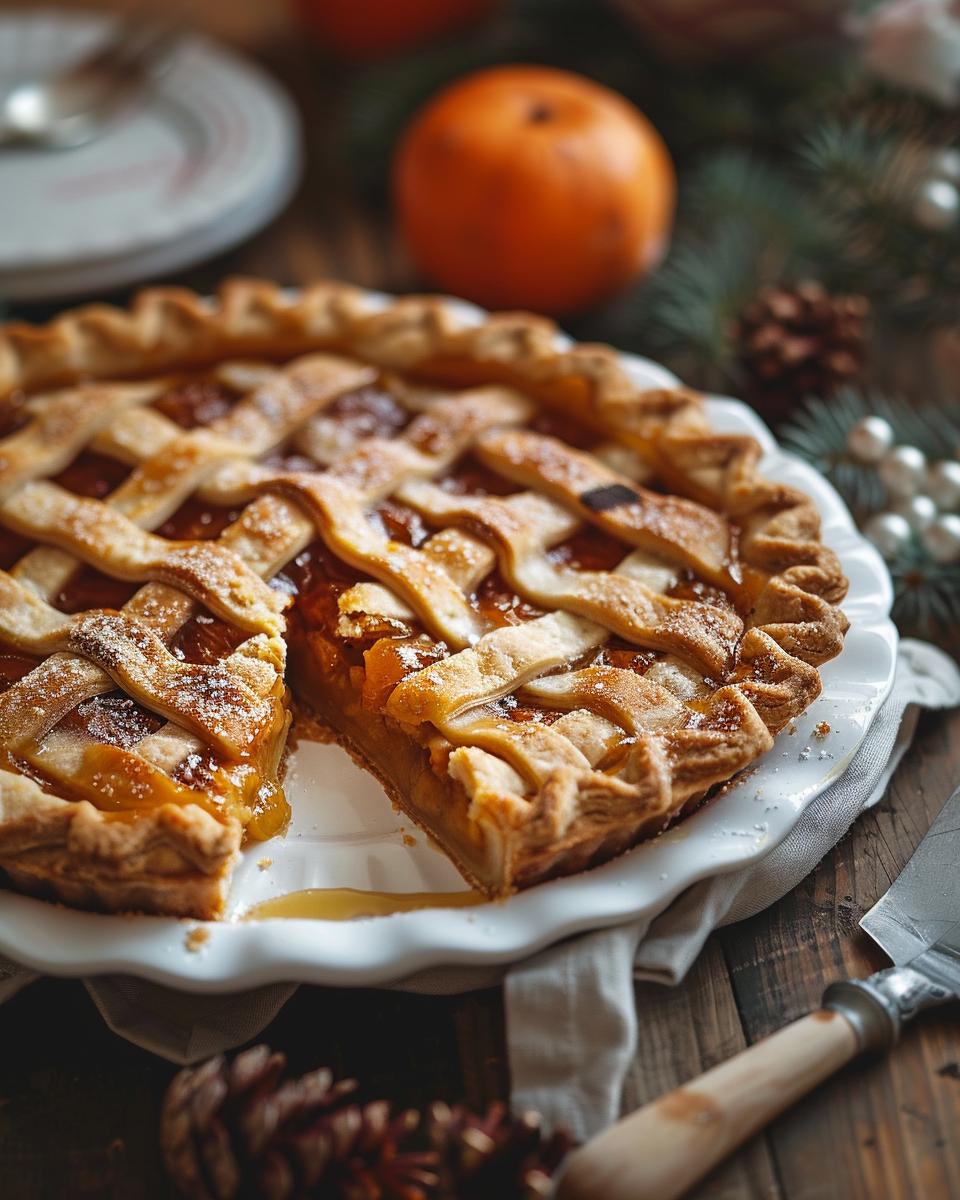
Pro Tip: Mastering Your 4 x 6 Recipe Cards
- Firstly, choose heavyweight paper to ensure durability over time.
- Secondly, for clear text, opt for a fine-tip, waterproof pen.
- Additionally, use a template to maintain uniformity across your cards.
- Furthermore, consider laminating your cards to protect against spills.
- Importantly, leave space for notes or variations you might discover.
- Lastly, personalize with stamps or stickers to reflect your style.
FAQ: Maximizing Your Recipe Cards’ Potential
Now that we’ve covered some pro tips, let’s dive into some frequently asked questions that can help you make the most out of your recipe cards. Whether you’re a budding chef or a seasoned recipe collector, these insights will surely add value to your culinary journey.
Popular Questions on Making Recipe Cards
1. How can I adapt recipes for different dietary needs?
Great question! When creating recipe cards, it’s essential to consider various dietary needs. For instance, you can include ingredient replacement options right on the card. This not only makes your recipes more versatile but also accessible to a wider audience. Whether it’s swapping out nuts for seeds or offering gluten-free flour alternatives, these small adjustments can make a big difference.
2. Any money-saving tips for creating high-quality recipe cards on a budget?
Absolutely! Look for recipe cards 4×6 wholesale options to save on bulk purchases. Additionally, exploring free editable recipe templates for Microsoft Word can significantly reduce your costs. These templates are customizable and can be printed right at home, ensuring you don’t compromise on quality while staying within budget.
3. Ideas for repurposing old recipe cards and sustainable printing options?
Repurposing old recipe cards is a fantastic way to breathe new life into them. Consider using them as bookmarks, or get creative with recipe divider cards DIY projects. For sustainable printing, opt for eco-friendly paper and inks. Also, digital recipe cards can be a great alternative, reducing the need for physical materials altogether.
Regarding Recipe Cards Sales and Deals:
Keep an eye out for Hobby Lobby recipe cards sale events to snag some great deals. These sales can provide a perfect opportunity to stock up on beautiful designs without breaking the bank.

